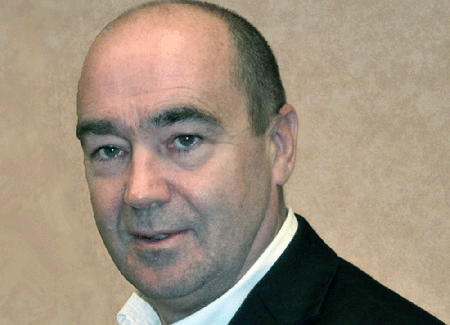As well as comprehensive demonstrations of the latest additions to its product suite, TMD is leading a session on the IBC Technology in Action stage, highlighting a recently completed project. Mediaflex is widely regarded a powerful, flexible and extensible asset management platform in the industry. Applications range from smaller broadcast and post production systems to workflow […]
 As well as comprehensive demonstrations of the latest additions to its product suite, TMD is leading a session on the IBC Technology in Action stage, highlighting a recently completed project.
As well as comprehensive demonstrations of the latest additions to its product suite, TMD is leading a session on the IBC Technology in Action stage, highlighting a recently completed project.
Mediaflex is widely regarded a powerful, flexible and extensible asset management platform in the industry. Applications range from smaller broadcast and post production systems to workflow management for some of the biggest broadcasters in the world. Mediaflex is also suited to audiovisual archives, up to major national cultural collections.
To accommodate this range of applications, it is vital that the system is flexible enough to support each individual user with carefully tailored and readily understood solutions and user interfaces. TMD has recently launched a number of pre-configured products as well as Chameleon, which allows each individuals workstation to show just the relevant information and fields. Because the user needs only add, modify or look at the metadata he or she cares about, the user experience is much more intuitive.
One of the paradoxes of the capabilities of Mediaflex is that it can incorporate so much information and functionality, it can be daunting to get your head around, said Tony Taylor, CEO of TMD.
It means that, although broadcasters are aware of the huge benefits of comprehensive asset management and automated workflows, they can be reluctant to take advantage because of the perceived disruption through implementation.
Our view is to make each users interface so tailored to their needs that it becomes a zero-hours training proposition, he added.
If each user can instinctively play their part, then the whole process becomes very powerful indeed. That is when broadcasters will truly gain from the power of metadata.
As part of this demystification of asset management, TMD has also introduced three packaged systems, aimed at specific sectors of the industry. Transform helps broadcasters move towards the multi-platform delivery model, using metadata to manage encoding and distribution workflows. OnPoint is designed for the post production industry, providing secure access for multiple clients. And Paragon is the solution for those starting an archive. Using the open LTFS format, it ensures that content is preserved for future use.
All three packaged products are built on the core software architecture of Mediaflex. The functionality can be expanded at any time, so users can start gaining the power of metadata-driven workflows and asset management, confident that their investment in time and design will not be wasted.
As well as discussing and demonstrating the capabilities of Mediaflex, its options and preconfigured products on the TMD stand, the company is also leading a case study on a recent implementation, at MTG in London. Representatives of some of the 11 vendors involved in the project will speak on the IBC Content Everywhere Technology in Action stage, at 14.30 on Sunday 13 September. The stage can be found in hall 3.
The TMD stand at IBC2015 can be found at 2.B59. As well as Mediaflex and Chameleon, experts will be on hand to discuss the Unified Media Services (UMS) architecture which underpins them. Based on open standards, UMS is a simple approach to a service-oriented architecture. It decouples the technology and interfacing from the operation of the system, meaning that the asset and metadata management layer can provide workflow management incorporating third-party equipment, connected through simple interfaces. It represents an important step on the path to a software-enabled architecture in the future.












































































